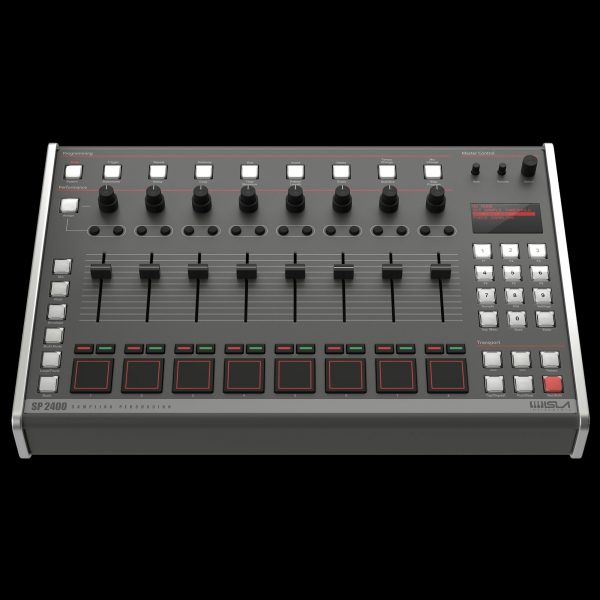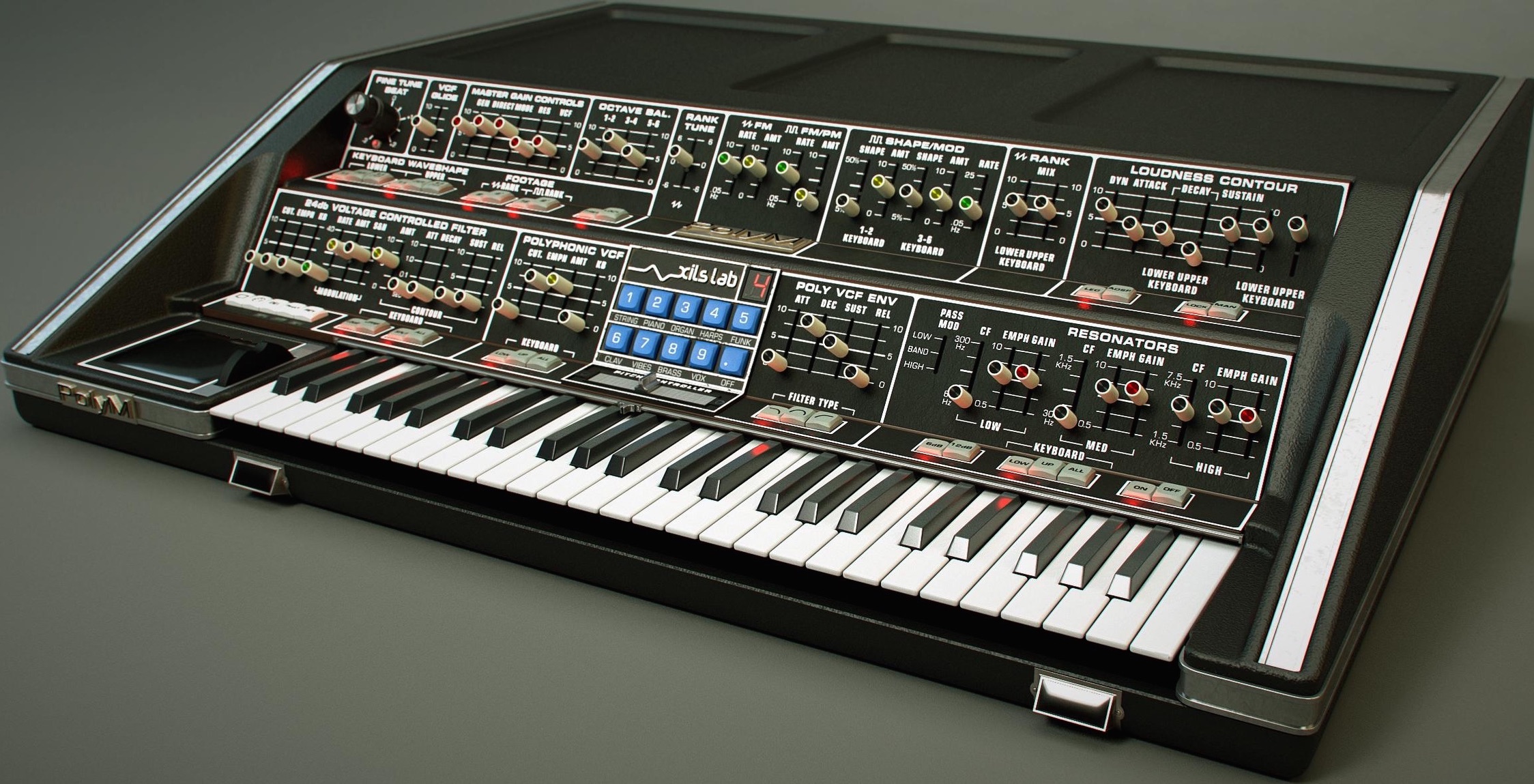Focal Releases Two New “Alpha Evo” MonitorsNew affordable Focal monitors offer 5-inch and 6.5-inch drivers
Montreal, Canada — March 25, 2021 — Today Focal has announced that it is shipping the new Alpha Evo monitors, Alpha 50 Evo, and Alpha 65 Evo. These replace the current Focal Alpha 50 and 65 models in that range, while the current Alpha 80 are still available. The two new Focal Alpha Evo products are available at retailers in the US and Canada on March 25, 2021, and have suggested retail prices of Alpha 50 Evo $349. USD each, and Alpha 65 Evo $449. USD each.

Focal evolves its Alpha range with the newly unveiled Alpha Evo. New features, new technologies, new design: The Alpha 50 Evo and Alpha 65 Evo studio monitors offer high performance at a price unrivaled in their market, providing ultra-powerful, professional tools to more people than ever. With these new products, the French brand showcases once again its sound expertise and its position as a global leader.

Performance & Versatility
Dedicated to music creation and all reproduction, the Alpha 50 Evo and Alpha 65 Evo offer excellent sound coherence, no matter where a user is listening. For renewed performance, Focal has chosen an aluminum inverted dome tweeter to ensure vast sound dispersion, as well as the Slatefiber cone. This recycled carbon cone, produced exclusively by the French brand at its Saint-Étienne workshops, has been chosen for its neutrality and dynamics. Focal is constantly renewing its offerings, drawing on its acoustics expertise of over 40-years and its innovation capacity. This is demonstrated by the new large laminar port, which limits distortion noise.
New Features: Evo for Evolution.
The Alpha Evo monitors boast a new ?-inch (6.35mm) TRS input jack, in addition to the XLR and RCA analog inputs, an automatic standby mode that can now be switched off by the user, and inserts for wall and ceiling fastening. All these new features make Alpha Evo a truly versatile monitor range for Mixing, Mastering, DJs, and Broadcast. In terms of amplification, the monitors are each equipped with two class D amplifiers. The high current capacity of these amplifiers allows full control of the signal dynamics. They also allow high volumes to be reached without distortion. Each of the loudspeakers picks up the smallest details in the mix, across all musical styles.
Design and Cabinet-Making
The monitors feature a 5/8-inch (15mm)-thick MDF cabinet and incorporate internal braces to ensure it is highly robust, even at the highest levels of acoustic pressure. The bass-reflex design has been used to ensure easy acoustic integration in even the most cramped spaces. In terms of aesthetics, the traditional cube monitor shape makes way for rounded contours. The side panels create a sophisticated, robust, and modern design which contributes to excellent acoustics and a unique and harmonious signature style across the collections.

Key features of Focal Alpha Evo monitors:
* Excellent dynamics
* Wide dispersion enabling the same sound to be maintained throughout the entire room
* Slatefiber cone manufactured in France
* Identical tonal balance at both low and high volume
* Connect up to 3 audio sources
* Inserts for wall fastening
* Automatic standby mode can now be switched off by the user
* Protective grills included
The new Focal Alpha Evo products are available at retailers in the US and Canada on March 25, 2021, and have suggested retail prices of Alpha 50 Evo $349. USD each, and Alpha 65 Evo $449. USD each.
Discover Alpha Evo: https://www.focal.com/en/pro-audio/monitoring-speakers/alpha-evo
For more information on Focal Professional: https://www.focal.com/en/pro-audio
About Focal Naim America
Focal Naim America (formerly Audio Plus Services) is a leading North American importer and distributor of premium consumer and professional electronics brands including Focal Professional, SPL of Germany, IsoAcoustics, Zaor Studio Furniture, Vicoustic, and EarSonics. Based in Montreal with U.S. shipping facilities in Champlain, NY, the company has sales personnel located throughout the United States and Canada to professionally service their active roster of more than 350 specialty A/V and Pro Audio dealers. The company specializes in products and services for the professional audio and performing musician markets, as well as the home theater and custom integration (CI) market – both residential and commercial – for North America.
For more information about Focal Naim America visit their website at https://www.focalnaimamerica.com or call (800) 663-9352.
All trademarks are the property of their respective holders.###
Many more Focal Alpha Evo photos available & high-resolution available, email: pauljdb@gmail.com
New Focal Alpha 50 Evo and Alpha 50 Evo:




















